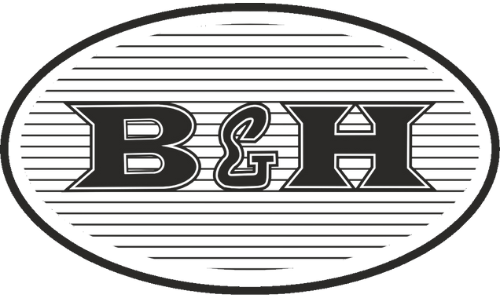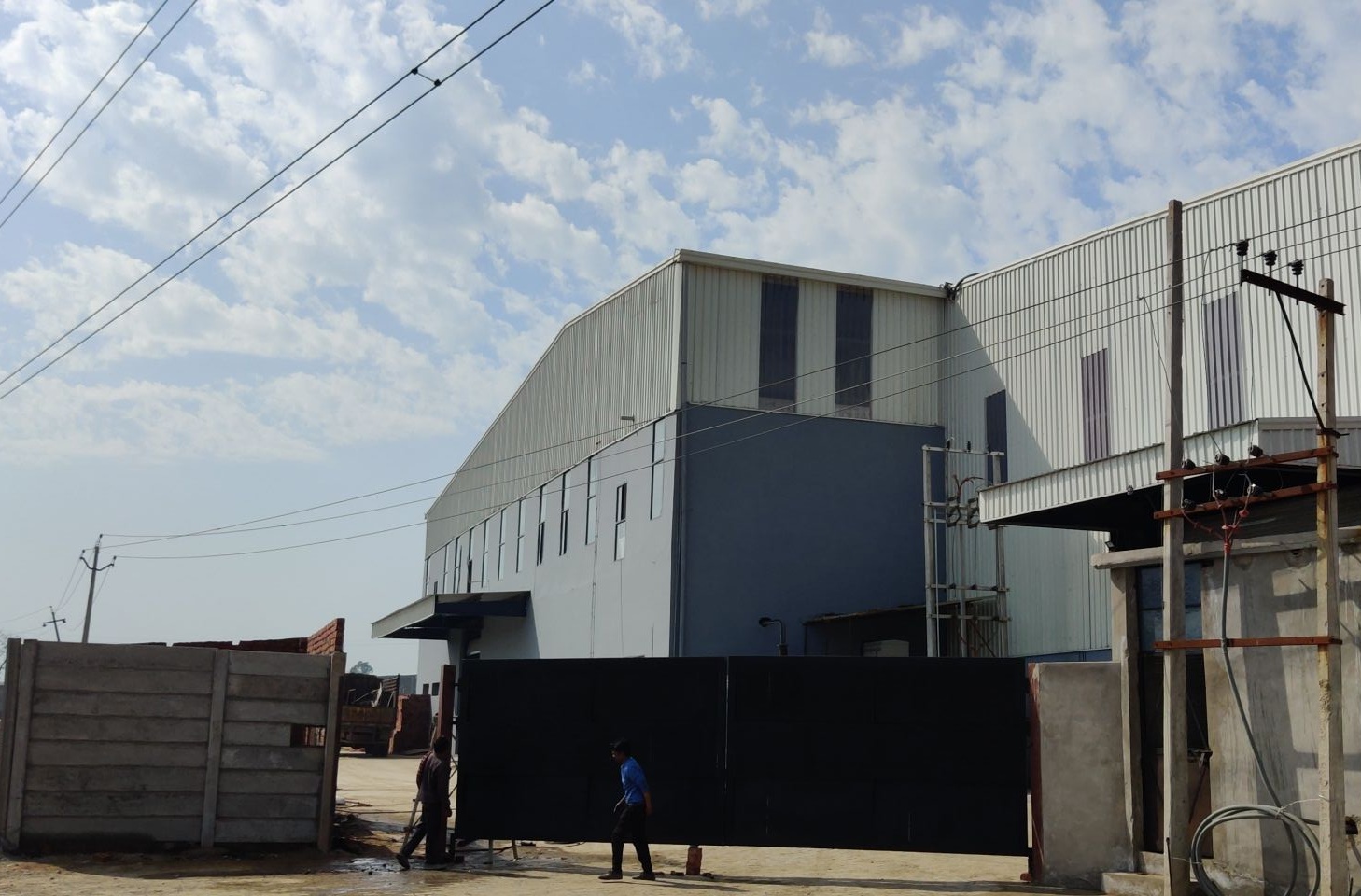MIG welding, or Metal Inert Gas welding, is a process widely appreciated for its efficiency, versatility, and high-quality welds. However, achieving optimal results depends on several factors, among which the selection of the right tip and liner plays a crucial role. These components, though often overlooked, are essential for ensuring consistent weld quality and maintaining the longevity of your welding equipment. In this blog post, we’ll explore why using the correct tip and liner is vital for successful MIG welding.
Understanding the Role of Contact Tips and Liners
Contact Tips:
The contact tip is a critical component that directly impacts the welding arc and overall weld quality. It transfers the welding current to the consumable wire, guiding it precisely into the weld pool. The size and material of the contact tip must match the wire diameter and type to ensure proper current transfer and arc stability.
Liners:
The liner is a conduit that guides the welding wire from the wire feeder to the contact tip. It must be the correct size and material to minimize friction and ensure smooth wire feed. An improperly sized or worn-out liner can cause wire jamming, irregular feeding, and poor arc stability.
The Importance of Using the Correct Tip
- Consistent Arc Performance:
- Using the right contact tip ensures a stable and consistent arc, which is crucial for producing high-quality welds. A tip that matches the wire size and type reduces electrical resistance, ensuring efficient current transfer and a steady arc.
- Reduced Spatter:
- The correct tip helps in minimizing spatter, which is not only a nuisance but also affects the weld’s appearance and integrity. A stable arc with proper current transfer reduces the chances of spatter, resulting in cleaner welds.
- Extended Tip Life:
- A well-matched contact tip wears evenly, extending its lifespan. Using an incorrect tip can lead to uneven wear, overheating, and frequent replacements, increasing downtime and costs.
- Improved Weld Quality:
- Proper tip selection enhances weld quality by ensuring optimal heat and current distribution. This leads to better penetration, reduced defects, and stronger welds.
The Importance of Using the Correct Liner
- Smooth Wire Feed:
- A properly sized liner reduces friction and ensures smooth wire feed. This prevents wire jams and irregular feeding, which can disrupt the welding process and lead to poor weld quality.
- Reduced Downtime:
- Consistent wire feeding minimizes downtime caused by wire feed issues. A well-maintained liner keeps the wire feeding system running smoothly, reducing interruptions and improving productivity.
- Enhanced Arc Stability:
- A clean, properly sized liner contributes to stable arc performance. Smooth wire feed ensures consistent wire delivery to the arc, resulting in a steady and reliable weld.
- Cost Savings:
- Proper liner maintenance and selection can lead to significant cost savings. Reduced wear and tear on the liner and contact tip mean fewer replacements, lower maintenance costs, and less downtime.
Tips for Choosing the Right Tip and Liner
- Match the Wire Size:
- Ensure the tip and liner are compatible with the diameter of the welding wire. Using mismatched sizes can lead to poor performance and equipment damage.
- Consider the Material:
- Select tips and liners made from materials suitable for the wire type and welding application. For example, copper tips are commonly used for mild steel welding, while chrome-zirconium tips are better for high-amperage applications.
- Regular Maintenance:
- Regularly inspect and clean the liner and tip to prevent buildup and wear. Replace them as needed to maintain optimal performance.
- Consult Manufacturer Guidelines:
- Follow the equipment manufacturer’s recommendations for selecting and maintaining tips and liners. These guidelines are designed to ensure the best performance and longevity of your welding equipment.
Conclusion
Using the right tip and liner in MIG welding is not just a matter of convenience; it is essential for achieving consistent, high-quality welds. Proper selection and maintenance of these components lead to better arc stability, reduced spatter, longer equipment life, and overall cost savings. By paying attention to these often-overlooked elements, welders can significantly enhance their welding performance and ensure the success of their projects.
For more expert advice and high-quality welding products, visit B&H Electrodes Pvt. Ltd. We are dedicated to providing the best solutions for all your welding needs.

